- Brahm
- Posts
- The Italian of the East
The Italian of the East
Is It Language or Music?
In the 15th century, Venetian explorer Niccolò de’ Conti coined the phrase “The Italian of the East” for Telugu, captivated by its melody and rhythm. He famously asked, “Is this language or music?”
Telugu boasts around 96 million speakers and ranks 16th globally, while Italian, with approximately 60-70 million speakers, falls outside the top 20, usually around 21st or 22nd.
Despite its cultural prominence, Italian’s global reach may be possibly smaller than Telugu’s owing to this upcoming election between the beautiful & elegant Dravidians of the United States.

Telugu Usha Vance

reprising the historic Telugu-Tamil rivalry; Veep Kamala Harris
Maybe in light of the emerging 21st century power dynamics, it’s more appropriate to consider Italian as the “Telugu of the Mediterranean?” 🙂
But less on geopolitics and back to linguists; much like Italian, Telugu’s frequent use of vowel-ending words creates a natural rhythm, blurring the lines between speech and melody. Many thanks to the excellent video for so much of the source content of this post.
Tl;dr Four Reasons Why Telugu is So Poetic:
Vowel-Endings: Nearly every word in Telugu ends with a vowel, making it rhythmically pleasing and easy to rhyme.
Vowel Harmony: Telugu’s phonetic structure ensures that vowels are adjusted for a more aesthetically pleasing flow, creating a melodic cadence.
Verb Flexibility: Telugu verbs can take on thousands of forms from a single root (e.g., choodu becomes choosaanu, choosthunnanu, choosindi), allowing for nuanced expression and sound variation.
Sanskrit, Prakrit, and Dravidian Influence: The layering of these linguistic traditions adds depth and variety to Telugu, enriching its poetic and musical capabilities.
See more detail after the jump.
1. A Language of Vowels
Telugu, known as the “Achuntu” or “language of vowels,” has a structure where nearly all words end in vowels, similar to the Italian language. Take the Telugu words illu (house), cheyi (hand), and puli (tiger). The consistent vowel-ending in these words makes them flow seamlessly into conversations and songs. This pattern, combined with vowel harmony, gives Telugu a unique rhythm that is distinctly musical. Words often transition smoothly without abrupt consonantal stops, enhancing the overall melodic feel.
2. Vowel Harmony
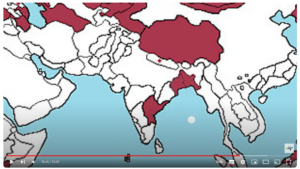
Vowel Harmony in South Asia is limited to Bengali & Telugu
This is reminiscent of another Indian language, Bengali, where vowels in words are fine-tuned to ensure smooth transitions in sound. Bengali, similarly celebrated for its sweetness, also emphasizes harmonious sound patterns, although Telugu’s emphasis on verb transformation makes it more flexible.
3. Verb Flexibility
Similarly, the verb transformation system allows flexibility, where from a root verb like choodu (to see), you can derive hundreds of forms like choosthunnanu (I am seeing), choosindi (it was seen), and choosaanu (I saw). This flexibility allows a speaker to play with sounds and rhythm, transforming the language into something that sounds like a musical composition (in the video above there are some phenomenal examples of the poetic, prose and rap culture in the Telugu language sphere, which I haven’t referenced here).
4. Deep Historical and Cultural Influence
Telugu’s phonetic beauty is a result of its long linguistic evolution, drawing heavily from Sanskrit and Prakrit.
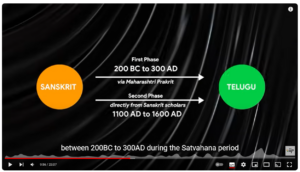
During the Satavahana dynasty (200 BCE–300 CE), Telugu absorbed influences from (Maharashiri) Prakrit, and between 1100 AD and 1600 AD, it directly absorbed elements from Sanskrit.
These influences are reflected in words like gurinchi (about) and pilicheeyanu (I call), where the Sanskrit and Dravidian layers blend to create a rhythmic and melodic quality.
The word gurinchi (about), for example, shows its Sanskritic roots (gṛhītam), while retaining the inherent “dancing vowels” of Telugu.
Dialectical Variations with Sonorosity
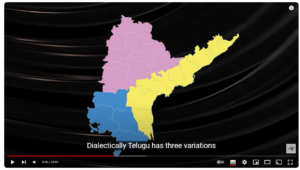
The dialectical richness—Andhra (coastal Sanskrit-heavy standard highlighted in yellow), Rayalaseema (with a strong Tamil Touch in blue), and Telangana (layered with Persian and Urdu in rose pink)—adds even more complexity.
In Telangana Telugu, for instance, you hear words like nenu (I) and meeru (you) paired with Urdu borrowings like adab (greeting), which adds a distinct flavor to the dialect, maintaining lightness through soft, vowel-laden pronunciations.
Phonetic Comparisons with Italian
Italian is often recognized for its musical flow due to words like arrivederci or spaghetti with soft, rolling consonants and vowel endings. Similarly, Telugu words such as pachchi (green/raw) or butti (basket) have that gentle flow, creating a naturally pleasing auditory experience. Additionally, Telugu’s verb forms, such as pilicheeyanu (I call), carry the same fluid cadence as Italian’s chiamare (to call). The rhythmic pattern found in both languages explains why de’ Conti drew the parallel.
Global Recognition

Telugu is one of the fastest-growing languages in the United States
Films like RRR have captured global attention, drawing audiences into its lyrical flow & iconic dance moves.
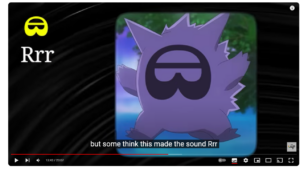
This ancient, mysterious letter, found in some old Telugu inscriptions, has puzzled scholars for centuries. Some believe it represents the rolling “Rrr” sound, which interestingly, mirrors the title of the blockbuster RRR. This forgotten symbol also deserves its moment in the spotlight.
Telugu’s rightful status
In conclusion, Telugu’s musicality, rooted in its vowel endings, verb transformations, multiple registers, and vowel harmony, allows it to flow like a continuous stream of sound, akin to music. This inherent rhythm is not just functional but a core part of its identity, echoing the awe Niccolò de’ Conti felt centuries ago.
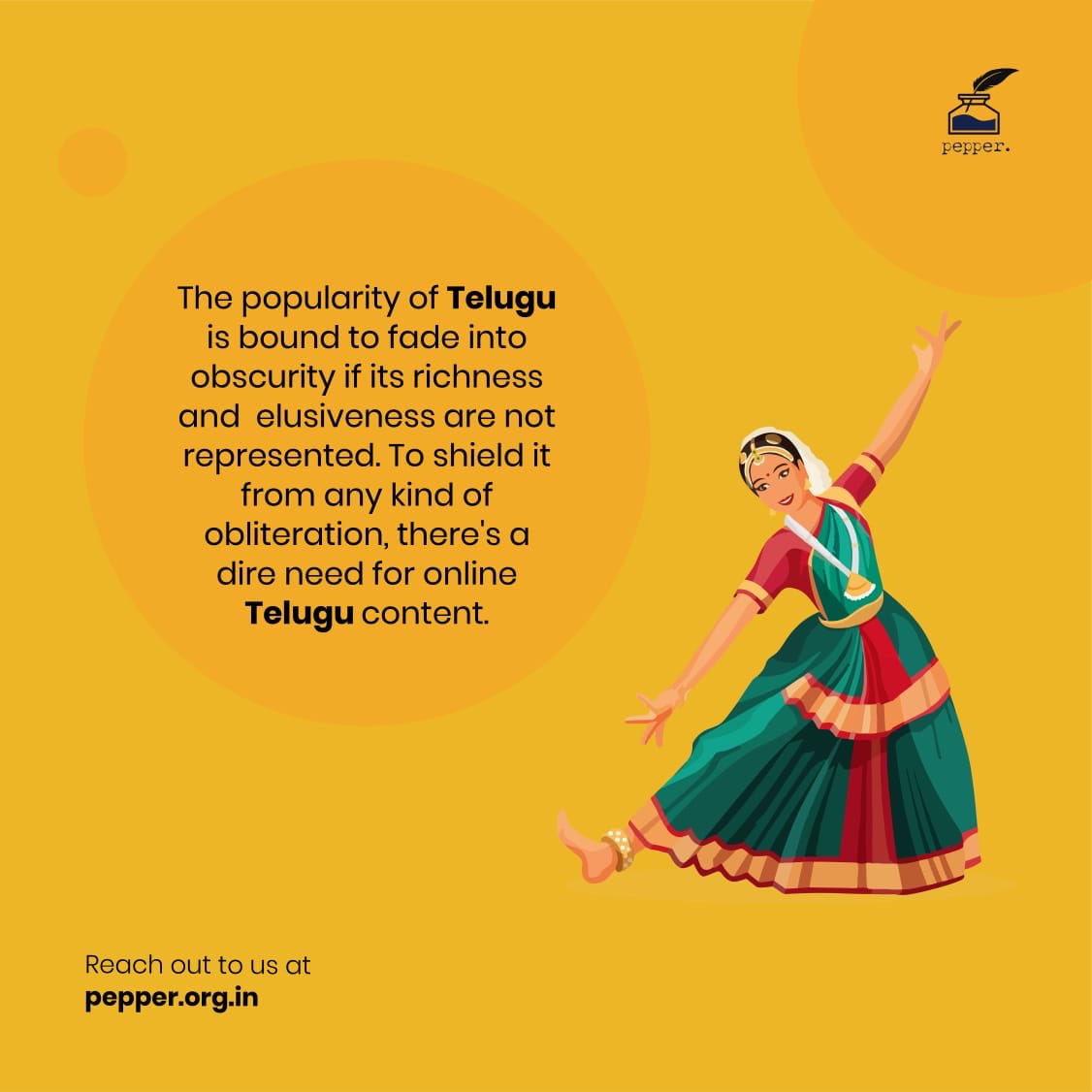
What inspired me to write this post; the beauty of Indian language is something we should all know about both at home & abroad
It’s telling of colonial influence that languages like French, Italian, Persian and Urdu are often deemed “poetic,” while scientifically & structurally, Indian languages like Telugu and Bengali are naturally suited for musicality and poetry. This underscores how historical power dynamics shape perceptions, often obscuring true linguistic richness.
Appendices
The video presents several fascinating graphics (which I’ve interspersed through the post) showcasing the phonetic beauty of Telugu, the 16th most widely spoken language globally. I’ve excerpted a few below and elsewhere what I found to be interesting.
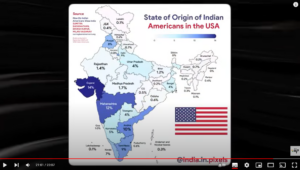
Notably, Telugu speakers in the U.S. now match the historically dominant Gujarati American population, demonstrating the increasing influence of this language within the Indian diaspora.
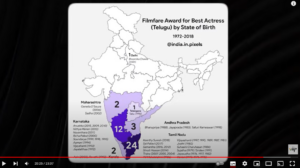
This graphic highlights the diversity of Filmfare Award-winning Telugu actresses by state of birth from 1972-2018. It reflects the fluid nature of Telugu culture, transcending state borders. Historically, cities like Chennai (formerly Madras) had significant Telugu-speaking populations, especially during the British colonial period, due to Madras’ role as a major administrative and cultural hub. While Tamil is now dominant in Chennai, the Telugu-speaking influence is still prominent, with actors from Tamil Nadu, Karnataka, and Maharashtra excelling in Telugu cinema.
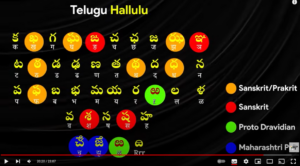
This graphic illustrates the Telugu Hallulu (consonants), highlighting the historical and linguistic origins of the letters. Each color represents a different influence. The chart showcases the deep historical layering of the language and its evolution from various ancient scripts.
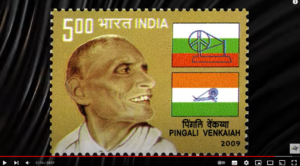
This Indian postal stamp honors Pingali Venkayya, the designer of the Indian national flag. Venkayya’s legacy highlights the prominence of Telugu speakers in shaping India’s history. Some sporting stars, not pictured, are tennis champion Sania Mirza (who can’t fully understand Telugu), cricketer VVS Laxman, to badminton icon PV Sindhu.

This graphic highlights the most spoken languages worldwide, with several Indian languages—Hindi (#3), Bengali (#7), Marathi (#15), Telugu (#16), Tamil, and Urdu (#11)—featured prominently, reflecting India’s linguistic diversity. The inclusion of multiple Indian languages in the top 20 starkly contrasts with China’s linguistic homogeneity, where Mandarin Chinese dominates. India’s cultural pluralism is showcased through its numerous regional languages, each with its own rich history and cultural significance, contributing to the country’s enduring, vibrant, and multifaceted identity.

This map highlights India’s linguistic diversity, with Hindi dominating large swathes of the north and center. However, Hindi, as it is recognized today, is somewhat of a catch-all construct. This centralization has often been a point of cultural tension, as these dialects, while categorized under “Hindi,” diverge significantly from each other in grammar, vocabulary, and phonetics, much more than the unified language suggests.

Some more granularity on India’s immense (and possibly unparalleled) linguistic diversity, with Hindi leading by a huge margin. However, Hindi, as officially categorized, is an amalgamation of numerous dialects and languages, such as Bhojpuri, Awadhi, and Braj, which are significantly different from each other. The standardization of Hindi often obscures these variations, with many of these dialects tracing their origins to different Indo-Aryan roots. Hindi’s classification as a single language, therefore, can be seen as a construct, masking the rich diversity beneath, but Bollywood & national policies have popularised it tremendously.

Major Indo-Aryan languages of South Asia; Eastern Indo-Aryan languages in shades of yellow